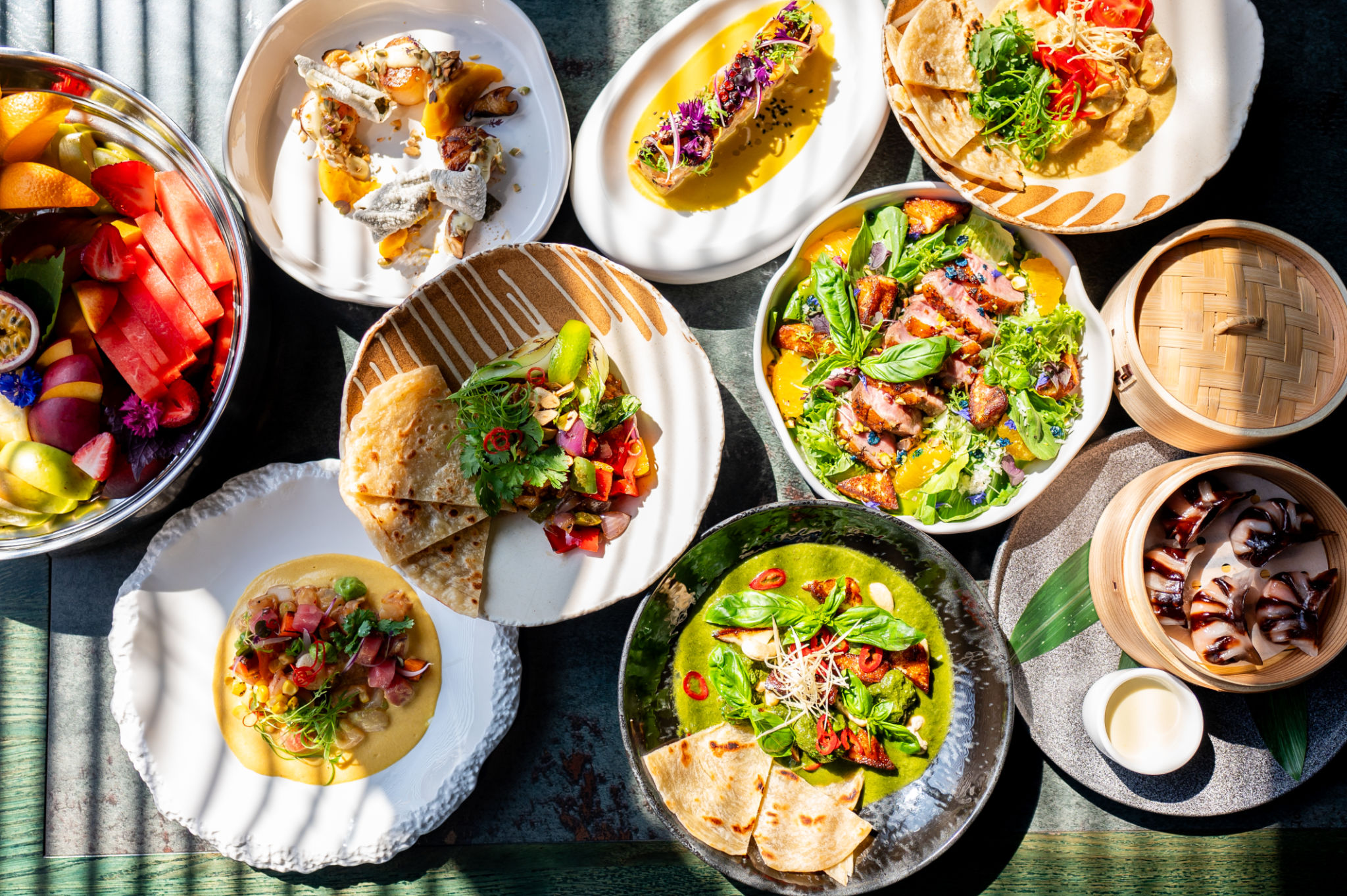The Art of Combining Nigerian and Global Flavors: A Culinary Journey
Exploring the Richness of Nigerian Cuisine
Nigerian cuisine is a vibrant tapestry of flavors, textures, and colors, celebrated for its bold spices and diverse ingredients. From the savory jollof rice to the spicy pepper soup, each dish tells a story of tradition and culture. As globalization continues to bridge culinary gaps, there is a growing interest in blending Nigerian flavors with global cuisines, creating unique and exciting dining experiences.
One of the key characteristics of Nigerian food is its use of indigenous ingredients like yams, plantains, and cassava. These staples form the backbone of many beloved dishes. However, the fusion with global flavors is leading to innovative creations that resonate with food enthusiasts worldwide.

The Fusion Movement: A Culinary Adventure
The fusion of Nigerian and global flavors is not just about mixing ingredients; it's an art form that requires creativity and understanding. Chefs and home cooks alike are experimenting with blending spices and techniques from various cultures to craft dishes that are both familiar and new.
For instance, the classic Nigerian suya—a spicy meat skewer—has found its way into tacos, bringing a fiery twist to the traditional Mexican dish. Meanwhile, jollof rice is being paired with Asian stir-fries, creating a harmonious balance of heat and sweetness that surprises and delights the palate.

Techniques for Creating Fusion Dishes
To successfully blend Nigerian and global flavors, it's essential to understand the core techniques that define each cuisine. Here are some tips for creating successful fusion dishes:
- Start with a Base: Use familiar Nigerian staples like rice or yam as a base for your fusion dish.
- Experiment with Spices: Incorporate spices like cumin or coriander to complement traditional Nigerian flavors.
- Balance Flavors: Ensure a balance between sweet, salty, spicy, and sour elements for a well-rounded dish.
By following these techniques, you can craft dishes that not only honor Nigerian culinary traditions but also introduce enjoyable new elements.

Global Influences on Nigerian Dishes
The influence of global cuisines on Nigerian dishes can be seen in various modern adaptations. The incorporation of Italian pasta into rich tomato-based stews or the use of Asian soy sauce in marinades are just a few examples of how global ingredients are enhancing traditional recipes.
This cross-cultural exchange has led to an evolution in Nigerian dining experiences, where familiar tastes are enriched with unexpected twists. It encourages culinary creativity and allows for endless possibilities in the kitchen.
The Future of Fusion Cuisine
As more people explore the art of combining Nigerian and global flavors, the future of fusion cuisine looks promising. It offers an opportunity to celebrate cultural diversity through food while preserving the essence of traditional dishes. Whether you're a seasoned chef or an adventurous home cook, this culinary journey invites you to experiment and enjoy the best of both worlds.
The art of combining Nigerian and global flavors is a testament to the ever-evolving nature of food. It showcases how culinary traditions can be preserved while embracing new influences, leading to innovative and delightful dining experiences that bring people together from different backgrounds.
